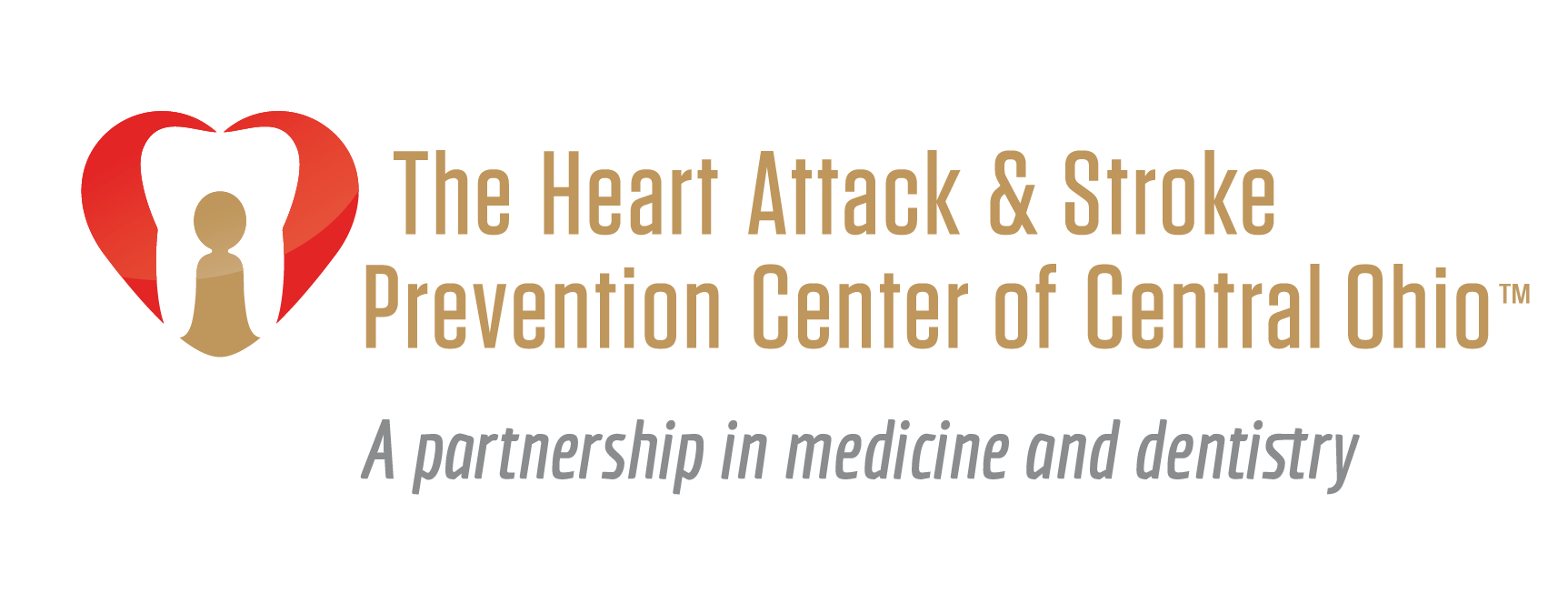Preventing Stroke with the BaleDoneen Method: A Guide for Lifelong Wellness
- Eric Goulder, MD, FACC

- May 4, 2023
- 3 min read
If you or someone you know has experienced a stroke, you know how devastating it can be. Maybe it was a family member who suddenly lost their ability to speak or move their limbs, or a friend who had to re-learn how to perform everyday tasks like brushing their teeth or tying their shoes. The impact of stroke can be immense and can have a profound effect on the person's quality of life, as well as their loved ones. The good news is that stroke is largely preventable, and taking steps to reduce your risk can potentially save your life. By understanding the risk factors and taking proactive measures, we can take steps to reduce our risk and potentially save our lives.
May is Stroke Awareness Month, a time to educate ourselves on this devastating condition that affects millions of people around the world.
What is a stroke?
A stroke occurs when there is a disruption in the blood flow to the brain, resulting in the death of brain cells. There are two main types of stroke: ischemic stroke, which occurs when a blood clot blocks a blood vessel in the brain, and hemorrhagic stroke, which occurs when a blood vessel in the brain ruptures.
Who should consider a preventative approach to cardiovascular disease?
Individuals who have had a heart attack, stent, or bypass surgery. While these treatments alleviate blockages, they do not guarantee protection against further blockages. Most patients with stents or bypass surgery have other areas of mild disease that can progress into another cardiac event. To prevent a catastrophic event, a proactive and preventative approach, such as the BaleDoneen Method, is necessary.
Individuals with a genetic predisposition to atherosclerosis. People with a family history of premature coronary disease should consider a preventive approach early in life.
Individuals who have had a stroke or mini-stroke.
Individuals with red flags indicating an increased risk for heart disease. Although these conditions do not cause arterial disease, they signify those at increased risk:
Transverse earlobe creases
Baldness
Thyroid issues
Elevated resting heart rate
Atrial fibrillation exam or history
Gout
Gallstones
Blood type B or AB
Autoimmune diseases
Asthma
Migraine headaches
HIV/AIDS
Hodgkin's disease
Erectile dysfunction
Kidney stones
Anyone interested in taking a preventive and proactive approach to lifelong health and wellness.
How can utilizing the BaleDoneen Method help to create a guarantee of arterial wellness?
The BaleDoneen Method is a personalized approach to cardiovascular disease prevention and treatment that focuses on identifying and treating the root causes of the disease. This method, followed by Dr. Eric Goulder at The Heart Attack and Stroke Prevention Center of Central Ohio, uses advanced technology to assess a patient's risk of cardiovascular disease, including stroke.
One of the key features of the BaleDoneen Method is the use of advanced imaging techniques to identify early signs of cardiovascular disease, such as plaque buildup in the arteries. Early detection of these warning signs can help prevent more serious cardiovascular events, including stroke.
Moreover, the BaleDoneen Method recognizes that certain medical conditions and lifestyle factors can increase a person's risk of stroke. Therefore, the method focuses on identifying and addressing these risk factors, such as high blood pressure, diabetes, and smoking.
By utilizing the BaleDoneen Method, Dr. Goulder offers his patients a guarantee of arterial wellness through personalized treatment plans that may include lifestyle changes, medication, and other interventions to reduce their risk of stroke.
In conclusion, Stroke Awareness Month serves as a reminder of the importance of understanding the risk factors and prevention strategies for this serious health condition. At the Heart Attack and Stroke Prevention Center of Central Ohio, we use the BaleDoneen Method to help our patients reduce their risk of stroke and other cardiovascular diseases. By identifying and treating the root causes of cardiovascular disease, we can create a guarantee of arterial wellness and improve our patients' overall health and longevity.
At The Heart Attack and Stroke Prevention Center of Central Ohio (HASPC) in Columbus, Ohio, Dr. Eric Goulder is here to thoroughly evaluate your individualized risk and provide a treatment plan—curated to your needs. We provide a guarantee of arterial wellness; no heart attack or stroke - or your money back!
Book your appointment today by calling us at (614) 412-1157.




Comments